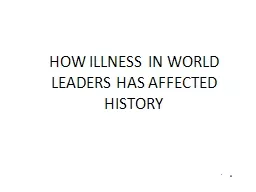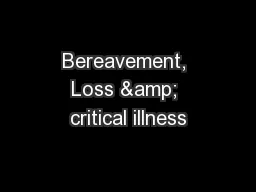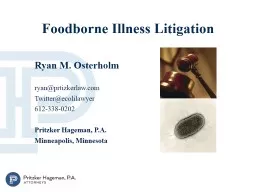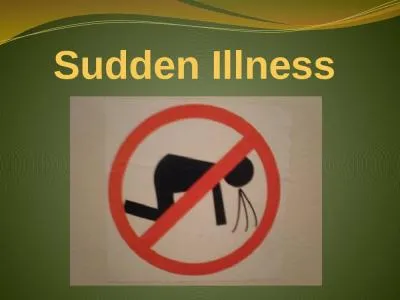PPT-HOW ILLNESS IN WORLD LEADERS HAS AFFECTED HISTORY
Author : telempsyc | Published Date : 2020-06-15
NARCISSISTIC PERSONALITY DISORDER NPD Defined as excessive preoccupation with power prestige and vanity Unable to see the damage done to themselves and others Exaggerated
Presentation Embed Code
Download Presentation
Download Presentation The PPT/PDF document "HOW ILLNESS IN WORLD LEADERS HAS AFFECTE..." is the property of its rightful owner. Permission is granted to download and print the materials on this website for personal, non-commercial use only, and to display it on your personal computer provided you do not modify the materials and that you retain all copyright notices contained in the materials. By downloading content from our website, you accept the terms of this agreement.
HOW ILLNESS IN WORLD LEADERS HAS AFFECTED HISTORY: Transcript
Download Rules Of Document
"HOW ILLNESS IN WORLD LEADERS HAS AFFECTED HISTORY"The content belongs to its owner. You may download and print it for personal use, without modification, and keep all copyright notices. By downloading, you agree to these terms.
Related Documents














